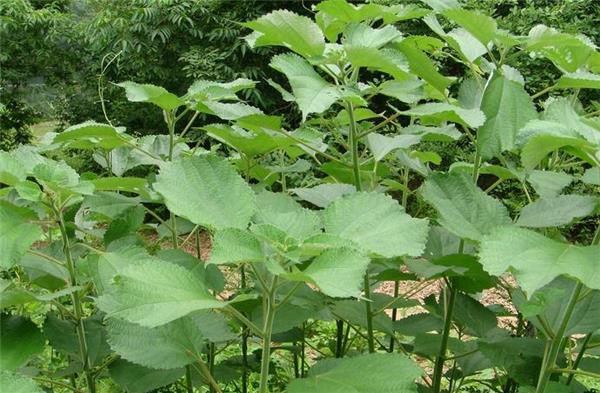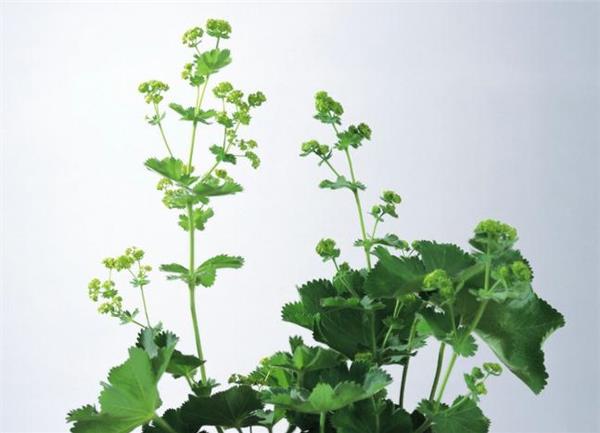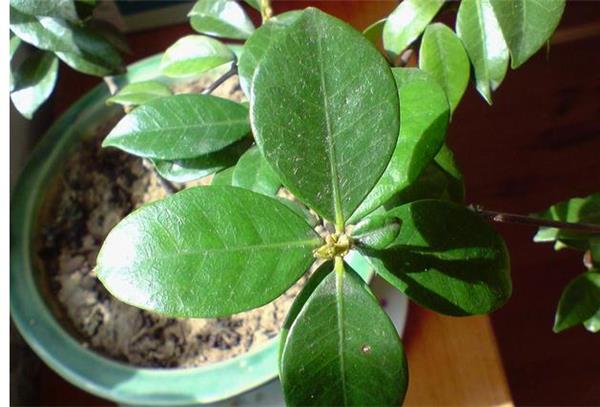The difference between herbaceous plants and woody plants
Herbaceous plant is the general name of a kind of plant, so what is herbaceous plant? What is the difference between herbaceous plants and woody plants? Perhaps some friends do not have a special understanding of this. Today, I will give you a brief introduction. Let's learn about it together.

What is a herb?
Most of the branches of herbs die after the growing season, but the roots of the underground parts can grow again in two years, and the roots of perennial herbs are generally stout. Some even grow organs such as tubers, tubers, bulbs, bulbs, and so on. In winter, the parts of the ground still sleep quietly, and when the climate gets warmer the next year, they sprout and grow again. As it grows year after year, the underground roots or stems may gradually become hypertrophic or branched.
Classification of herbaceous plants
Annual herb refers to the herb whose life span is only 1 year from seed germination, growth, fruiting to withering and death, that is, it can complete its life cycle in a growing season. Biennial herbs, only growing vegetative organs in the first growing season, flowering in the second growing season and withering after fruiting, such as winter wheat, sugar beet, broad beans and so on. Perennial herbs, with a long life, are generally herbaceous plants of more than two years, such as chrysanthemum, water lilies, magnolia and so on.
What is a woody plant
Woody plants are sturdy plants whose roots and stems grow thicker to form a large number of xylem, and the cell wall is also mostly lignified. Plant xylem is well developed, the stem is hard, perennial, divided into trees, shrubs and semi-shrubs, is the source of wood.

Classification of woody plants
According to form:
1. Trees: tall and erect trees, more than 5 meters high, with obvious trunk and high branches, such as pine, fir, maple poplar, camphor, etc., which can be divided into evergreen trees and deciduous trees.
2. Shrubs: relatively small trees with a height of less than 5 meters, the trunk is not obvious, the branches are close to the base of the stem, such as tea, rose, hibiscus, etc., there are evergreen shrubs and deciduous shrubs.
3. Semi-shrubs (subshrubs): plants are perennial, but only the base of the stem is lignified, while the upper part is herbaceous, withered in winter, such as peony.
According to growth habits:
1. Deciduous woody trees mainly include: wax plum, plum blossom, magnolia, primrose, elm plum, poplar, apple, pear, weeping begonia, season, tang, pomegranate, purple, rose, rose, paulownia and so on.
2. Evergreen woody trees are: citrus, longan, pine, cypress, calyx, jasmine, camellia, camellia, etc.

The difference between herbs and woody plants
1. Woody plants: the stem contains a lot of wood, which is generally hard. They can be divided into: trees, tall trees with obvious trunks. Shrubs, the trunk is not obvious, relatively short, often branched by the base, such as: rose, rose, bauhinia and so on.
2. Herbs. The stem contains less wood. This kind of plant can be divided into: annual herb: the life cycle is completed within this year, and end its life, blossom and bear fruit. Such as: Rice, cotton and so on. Biennial herbs: the life cycle spans two years, that is, the first year grows, and the second year blossoms and fruits before dying. Perennial herb: the underground part of a plant can live for many years and germinate every year.
3. Environmental and geographical conditions can often change the habits of plants, such as cotton and castor are annual plants in the north and perennials in South China.

This is the end of the introduction of herbs and woody plants. I believe that after reading it, we will have a certain understanding of herbs and woody plants. I hope the content introduced today will be helpful to all of you.
Related
- Wuhan Hospital Iron Tree Blooming Result Was Instantly Frightened by the Gardener Master
- Which variety of camellia is the most fragrant and best? Which one do you like best?
- What is the small blue coat, the breeding methods and matters needing attention of the succulent plant
- Dormancy time and maintenance management of succulent plants during dormancy
- Minas succulent how to raise, Minas succulent plant pictures
- What are the varieties of winter succulent plants
- How to raise succulent plants in twelve rolls? let's take a look at some experience of breeding twelve rolls.
- Attention should be paid to water control for succulent plants during dormant period (winter and summer)
- Watering experience of twelve rolls of succulent plants
- Techniques for fertilizing succulent plants. An article will let you know how to fertilize succulent plants.



